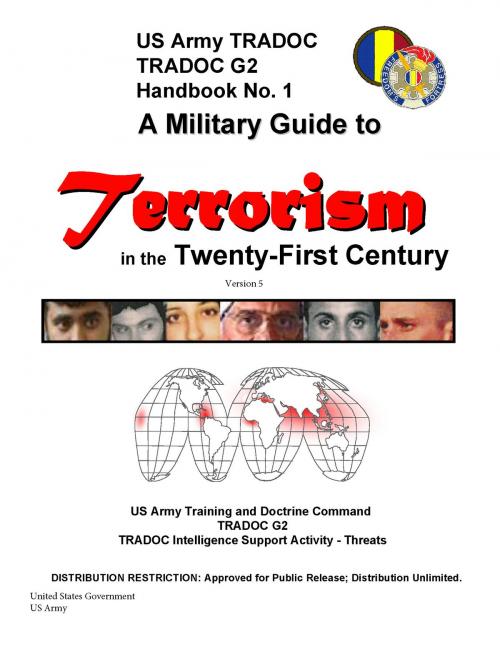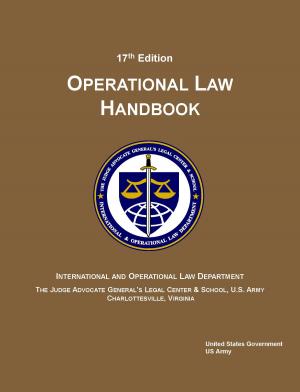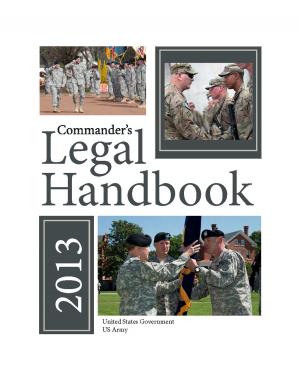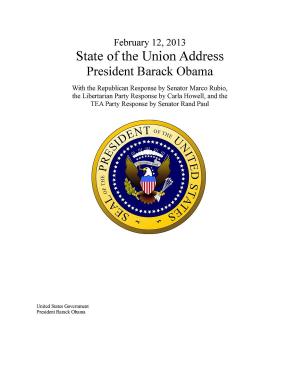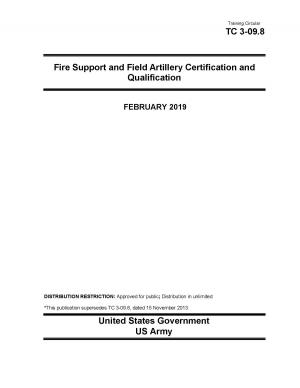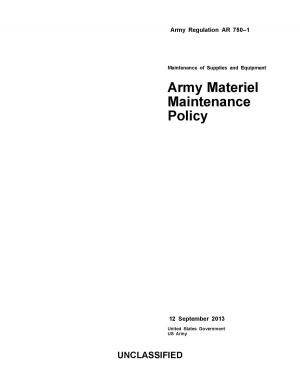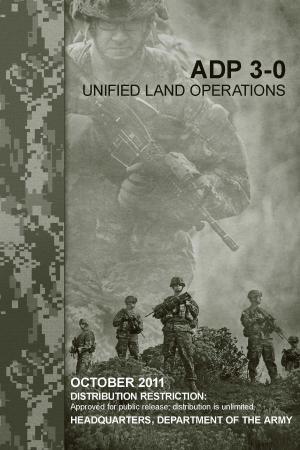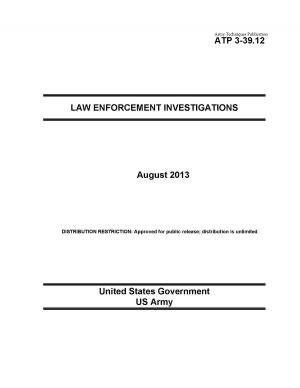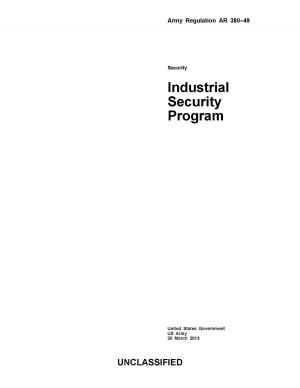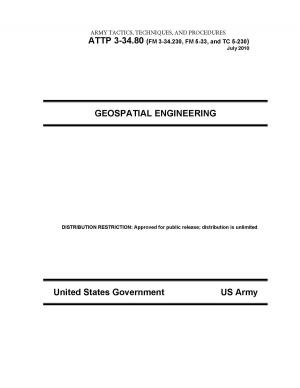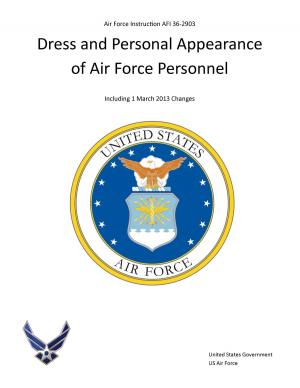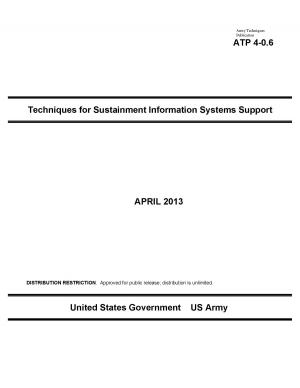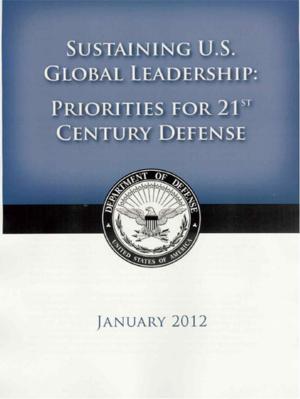A Military Guide to Terrorism in the Twenty-First Century Version 5
Nonfiction, Reference & Language, Study Aids, Graduate & Professional, Armed Forces, Social & Cultural Studies, Political Science, International, International Security, International Relations| Author: | United States Government US Army | ISBN: | 1230000187241 |
| Publisher: | eBook Publishing Team | Publication: | September 29, 2013 |
| Imprint: | Language: | English |
| Author: | United States Government US Army |
| ISBN: | 1230000187241 |
| Publisher: | eBook Publishing Team |
| Publication: | September 29, 2013 |
| Imprint: | |
| Language: | English |
A Military Guide to Terrorism in the Twenty-First Century Version 5 is a reference guide prepared under the direction of the U.S. Army Training and Doctrine Command (TRADOC), TRADOC G2 as a capstone reference guide on terrorism. TRADOC G2 Handbook No. 1, A Military Guide to Terrorism in the Twenty-First Century is prepared by the TRADOC Intelligence Support Activity (TRISA)-Threats. Understanding terrorism spans foreign and domestic threats of nation-states, rogue states with international or transnational agents, and other actors with specific strategies, tactics, and targets. This terrorism guide addresses foreign and domestic threats against the United States of America in a contemporary operational environment (COE).
This informational handbook supports institutional training, professional military education, and operational missions for U.S. military forces in the War on Terrorism (WOT). This document provides an introduction to the nature of terrorism and recognition of terrorist threats to U.S. military forces. A common situational awareness by U.S. military forces considers three principal venues for armed forces: forces that are deployed, forces that are in transit to or from an operational mission, and forces that are primarily installation or institution support. Compiled from open source materials, this handbook promotes a “Threats” perspective and enemy situational awareness of U.S. strategies and operations in combating terrorism. Neither a counterterrorism directive nor antiterrorism manual, this handbook complements but does not replace Army training and intelligence products on terrorism.
This handbook exists primarily for U.S. military forces; however, other applicable groups include interdepartmental, interagency, intergovernmental, civilian contractor, nongovernmental, private volunteer, and humanitarian relief organizations, and the general citizenry.
Study of contemporary terrorist motivations and behavior, terrorist goals and objectives, and knowledge of terrorist tactics, techniques, and procedures (TTP) improve training and readiness of U.S. military forces.
Chapter 1 The Face of Terrroism Today
Chapter 2 Terrorist Motivations and Behaviors
Chapter 3 Terrorist Organizational Models
Chapter 4 Terrorist Targeting of U.S. Military Forces
Chapter 5 Terrorism of the Foreseebale Future
Appendix A Terrorist Planning Cycle
Appendix B Firearms
Appendix C Conventional Military Munitions
A Military Guide to Terrorism in the Twenty-First Century Version 5 is a reference guide prepared under the direction of the U.S. Army Training and Doctrine Command (TRADOC), TRADOC G2 as a capstone reference guide on terrorism. TRADOC G2 Handbook No. 1, A Military Guide to Terrorism in the Twenty-First Century is prepared by the TRADOC Intelligence Support Activity (TRISA)-Threats. Understanding terrorism spans foreign and domestic threats of nation-states, rogue states with international or transnational agents, and other actors with specific strategies, tactics, and targets. This terrorism guide addresses foreign and domestic threats against the United States of America in a contemporary operational environment (COE).
This informational handbook supports institutional training, professional military education, and operational missions for U.S. military forces in the War on Terrorism (WOT). This document provides an introduction to the nature of terrorism and recognition of terrorist threats to U.S. military forces. A common situational awareness by U.S. military forces considers three principal venues for armed forces: forces that are deployed, forces that are in transit to or from an operational mission, and forces that are primarily installation or institution support. Compiled from open source materials, this handbook promotes a “Threats” perspective and enemy situational awareness of U.S. strategies and operations in combating terrorism. Neither a counterterrorism directive nor antiterrorism manual, this handbook complements but does not replace Army training and intelligence products on terrorism.
This handbook exists primarily for U.S. military forces; however, other applicable groups include interdepartmental, interagency, intergovernmental, civilian contractor, nongovernmental, private volunteer, and humanitarian relief organizations, and the general citizenry.
Study of contemporary terrorist motivations and behavior, terrorist goals and objectives, and knowledge of terrorist tactics, techniques, and procedures (TTP) improve training and readiness of U.S. military forces.
Chapter 1 The Face of Terrroism Today
Chapter 2 Terrorist Motivations and Behaviors
Chapter 3 Terrorist Organizational Models
Chapter 4 Terrorist Targeting of U.S. Military Forces
Chapter 5 Terrorism of the Foreseebale Future
Appendix A Terrorist Planning Cycle
Appendix B Firearms
Appendix C Conventional Military Munitions
